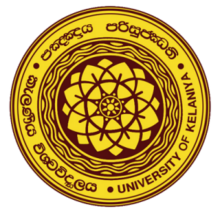Department of Archaeology Teaching Museum
Beads from the Ibbankatuwa Proto-Historic Cemetery (700-450 BC)
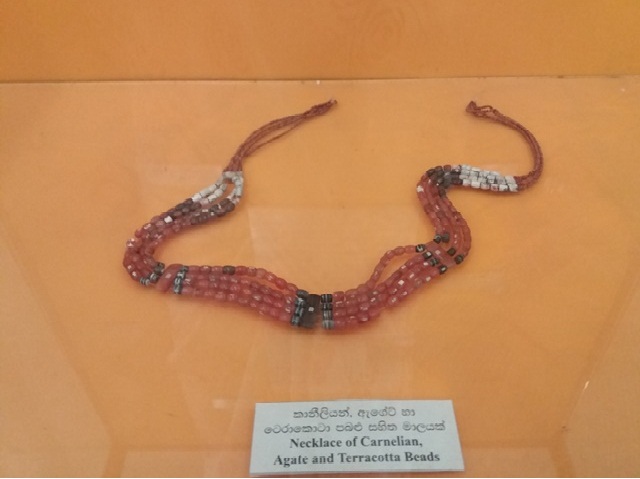
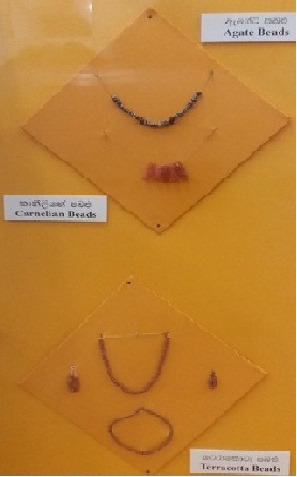
Various types of beads constitute important archaeological materials among the excavated findings of the Ibbankatuwa proto-historic burial site in close proximity to Dambulla. Carnelian, agate, glass, clay and gold beads can be seen among them. It is clear that beads made from the semi-precious stones such as carnelian and agate have been imported from foreign countries in the form of materials or products. These can be attributed among the earliest material evidence of international commercial activities of the Island. These beads were deposited in the burial chambers in association with ash of demised persons. The large bead necklace was found from the cremation platform of the Ibbankatuwa cemetery. Beads of this necklace have been rearranged in accordance to their original position at the time of discovery. Some beads have been calcined as a result of burning.
Palm Leaf Manuscripts of Sri Lanka.

Palm leaf manuscript which were prepared from leaves of the palmyra tree (Coripha Ubraculifera) or Talipot palm tree (Borassus Fabiliformis) had been main writing material; of Sri Lanka from even before the dawn of the Christian era until 20th century AD, remains of palm leaf manuscript covers over 200 years old have been unearthed from the Anuradhapura citadel. The oldest extant palm leaf manuscript written in Sinhala script is a Mahayanistic Darani manuscript of 7 CAD at a Buddhist monastery in China. Cuttavaggapali manuscript of 13th CAD presently at the Colombo national museum collection can be identified as the oldest palm leaf manuscript in the island.
All of the original manuscripts of ancient Sri Lankan literature covering vast area including chronicles, commentaries, Buddhist doctrinal works, medical books, Sandesha poetry are extant on palm leaves. In addition to the Sinhlala manuscripts a large number of palm leaf manuscripts written in Tamil, Telingy, Pali, Sanskrit, Thai, Burmese and Cambodian scripts and languages can be seen in Sri Lanka. Palm leaf manuscripts are immensely important sources, which reveals a wealth of information regarding economy, technology, social condition, rituals, religion and number of other aspects of ancient society.
Comparative material for Zoo archaeological studies
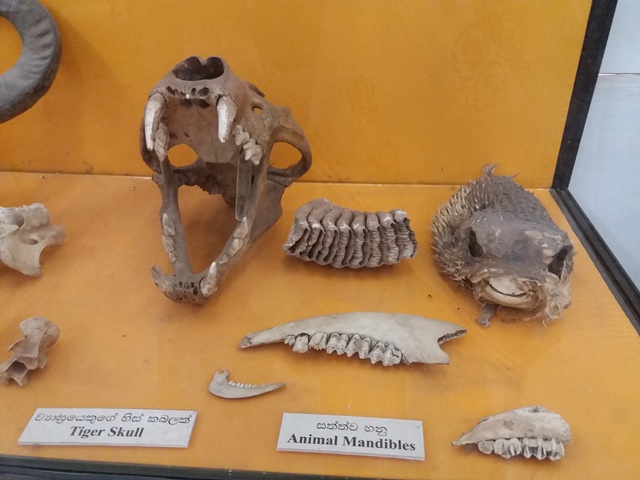
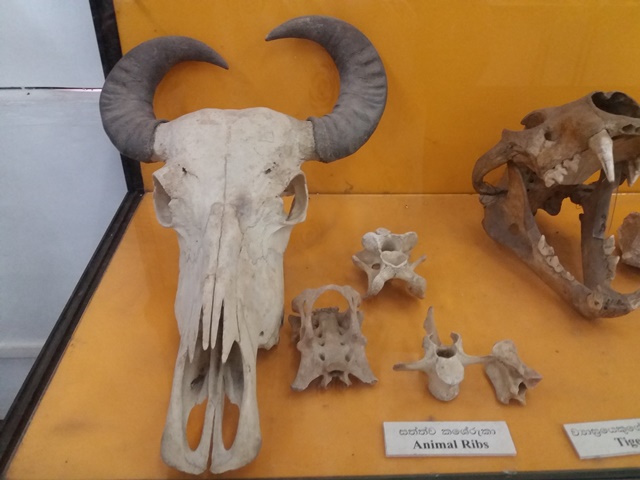
Iron Industry of Ancient Sri Lanka.
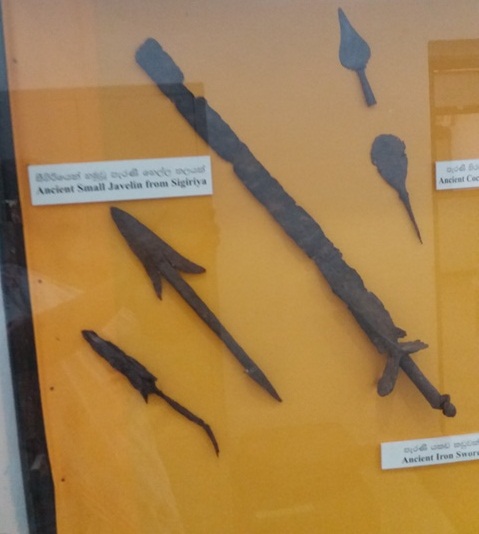
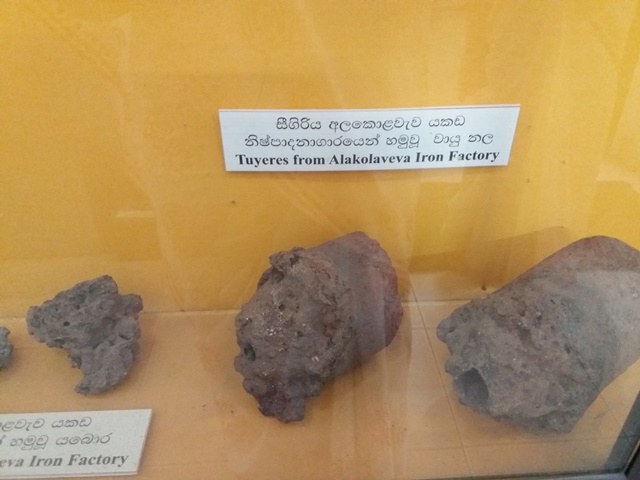
According to chronicles and foreign records, ancient Sri Lankans have not only produced high quality iron but also exported those products to foreign markets. The history of Sri Lanka's iron technology goes back to ca.9c. BCE as evidenced from archaeological remains. Iron tools unearthed from ancient sites such as Anuradhapura, Polonnaruwa and Sigiriya represent highly developed technology of the Anuradhapura and Polonnaruwa periods. Iron smelting furnaces have been discovered from Alakolavava, Vevala, Panirendacva, Ridigama, Samanala etc. The Mahavamsa indicates that high quality iron was produced during the polonnaruwa period and swords for warfare of King Parakramabahu I were locally manufactured.
Robert Knox, John Davy, Hedifield and Ananda Coomaraswamy have made detailed accounts regarding the traditional iron industry of Kandyan and post Kandyan eras. Unfortunately however due to number of internal and external factors traditional iron technology of the country has deteriorated to a great extent.
Terracotta Figures
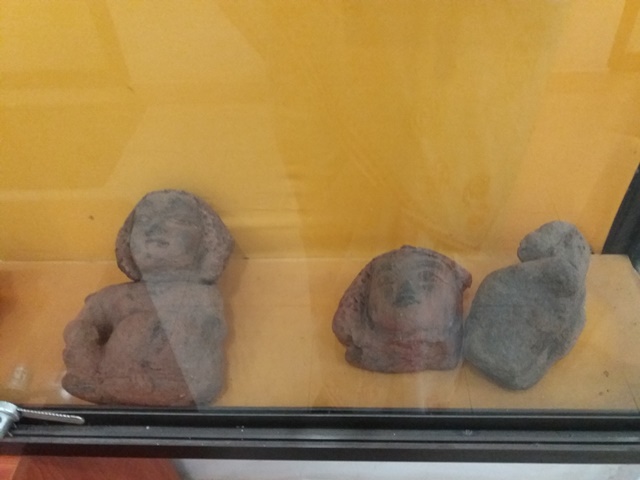
Terracotta Figures can be identified as a special types of artifact, which has significant characteristics and belong to a unique cultural context among the clay figurines of Sri Lanka. This type of artifact has been found from Talagasvila, Rajanganaya, Tabbova, Maradanmaduva, Manaveva, Ilukveva, Varagoda (Anuradhapura) etc. in the dry zone of the country. Specially, these were recovered close to the surface of the earth in the vicinity of ancient tanks. Rudely created nude female figures and animal figures are dominant among the artifacts.
It is presumed that terracotta figures belonged to a post-polonnnaruwa period and could be works of the people known as Vanniyars. A number of theories have been proposed regarding their function. They were surmised to be used for rituals in association with healing, improvement of harvest, conceiving children and prosperity. Some scholars interpreted them as materials connected to the rituals of agriculture and elephant catching. Another theory is that these figures have some connection with the concepts of Mother Goddess and phallus worship.
